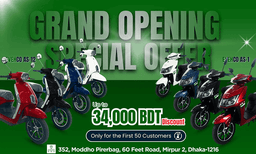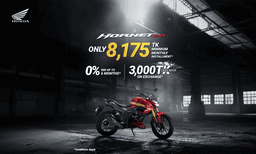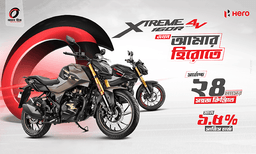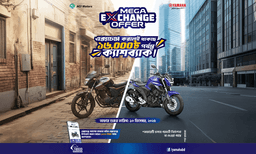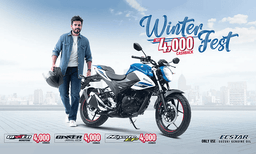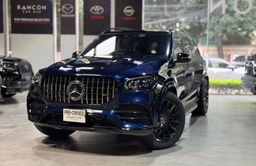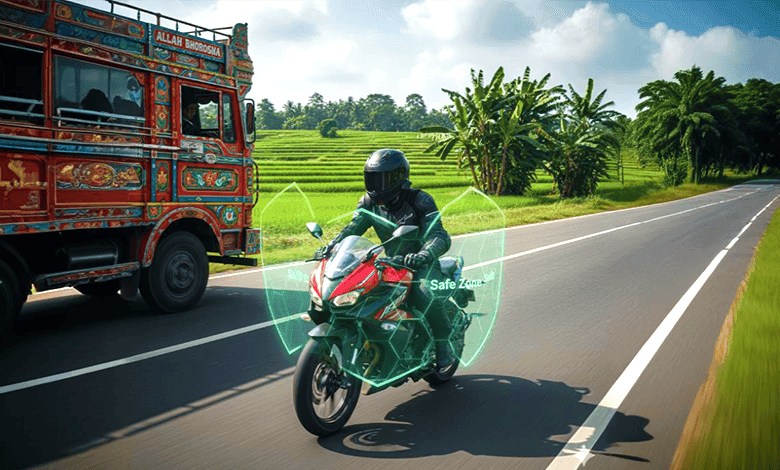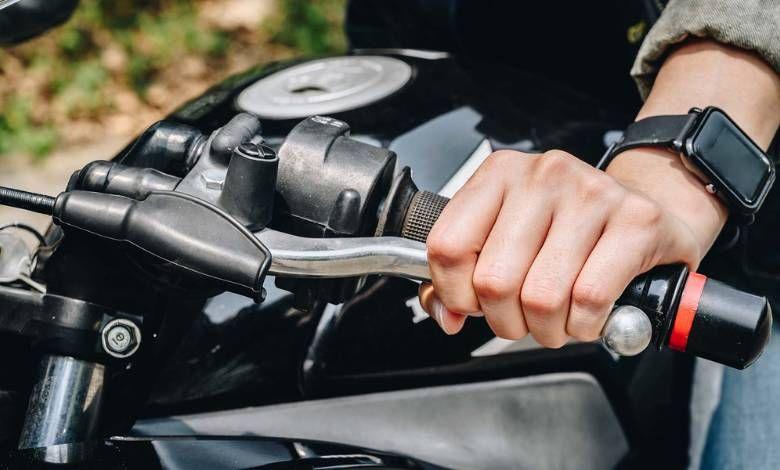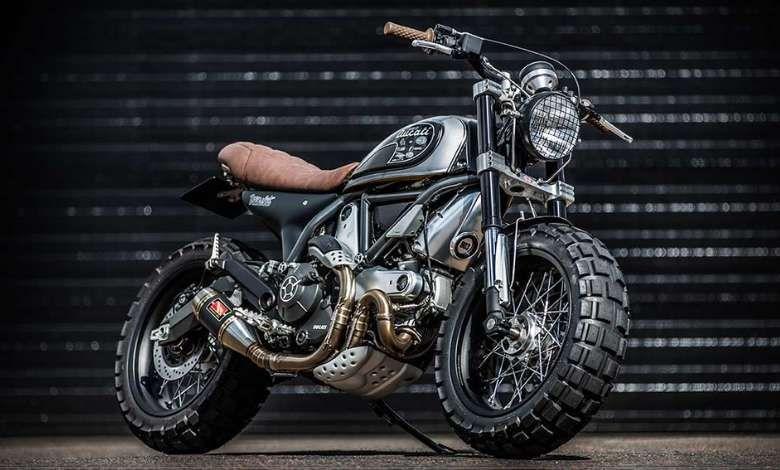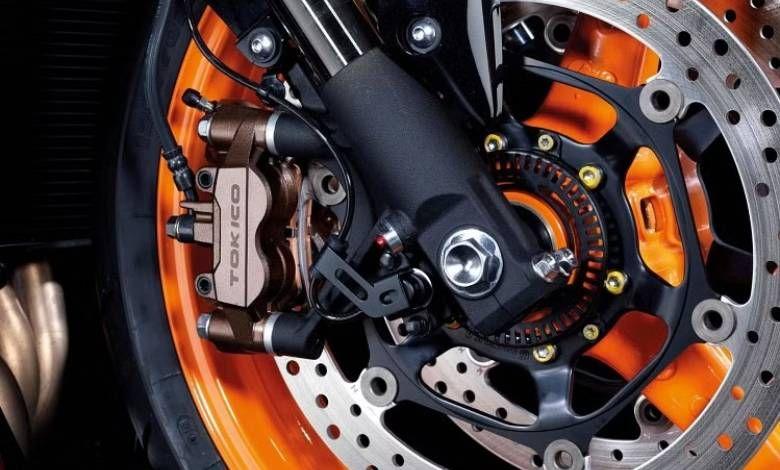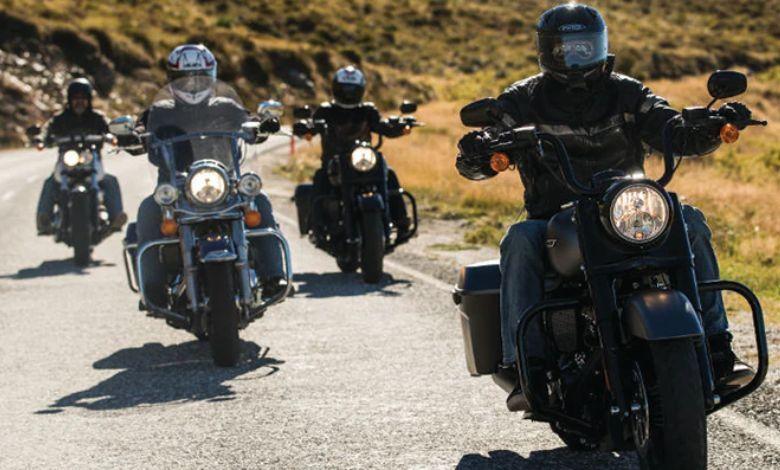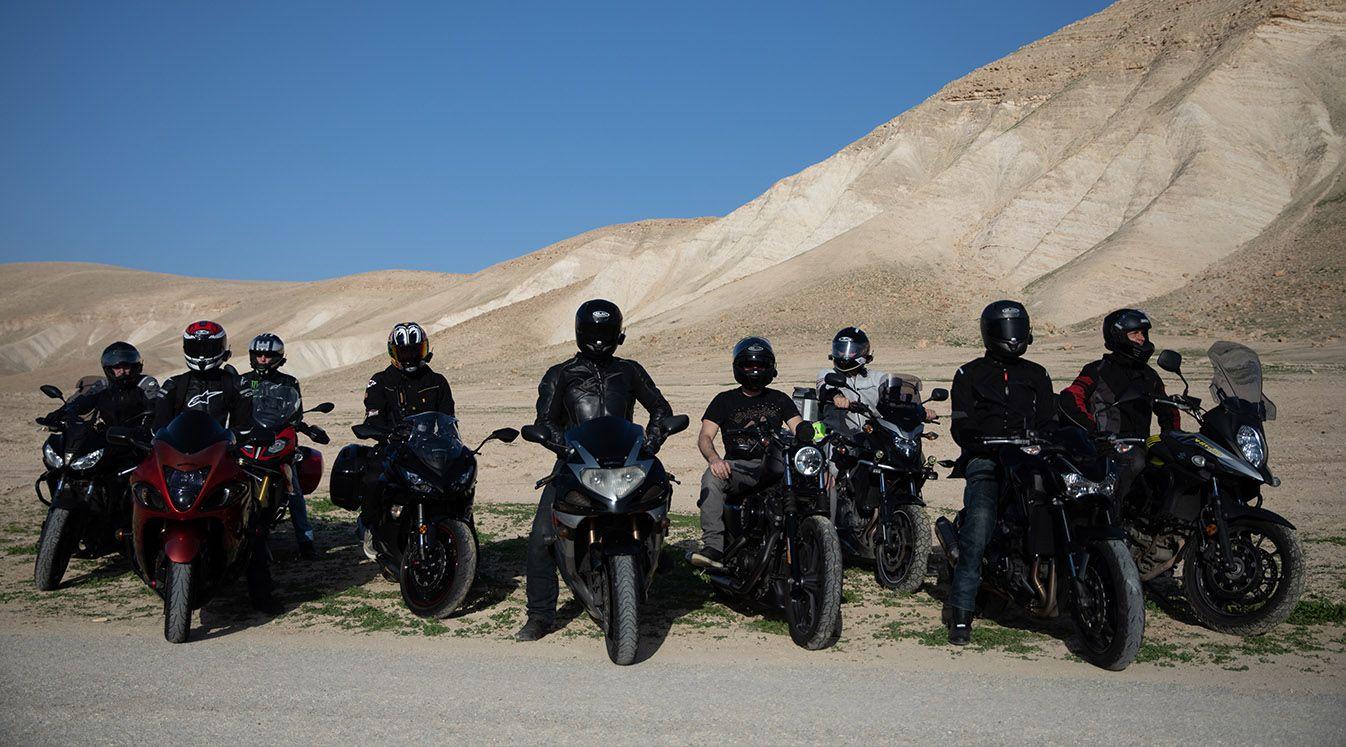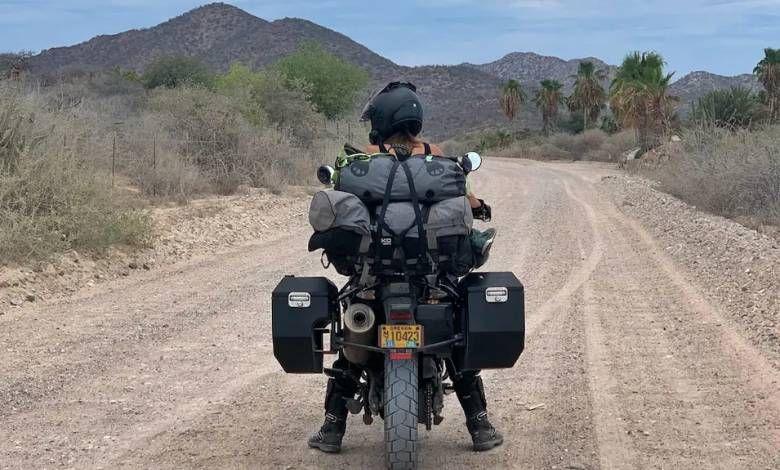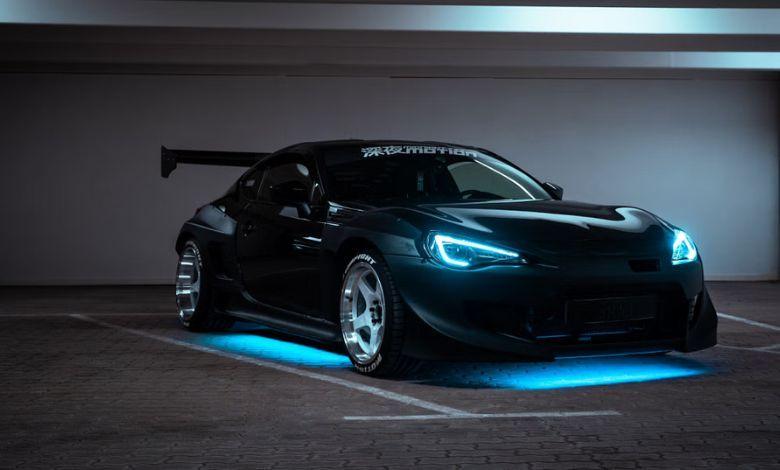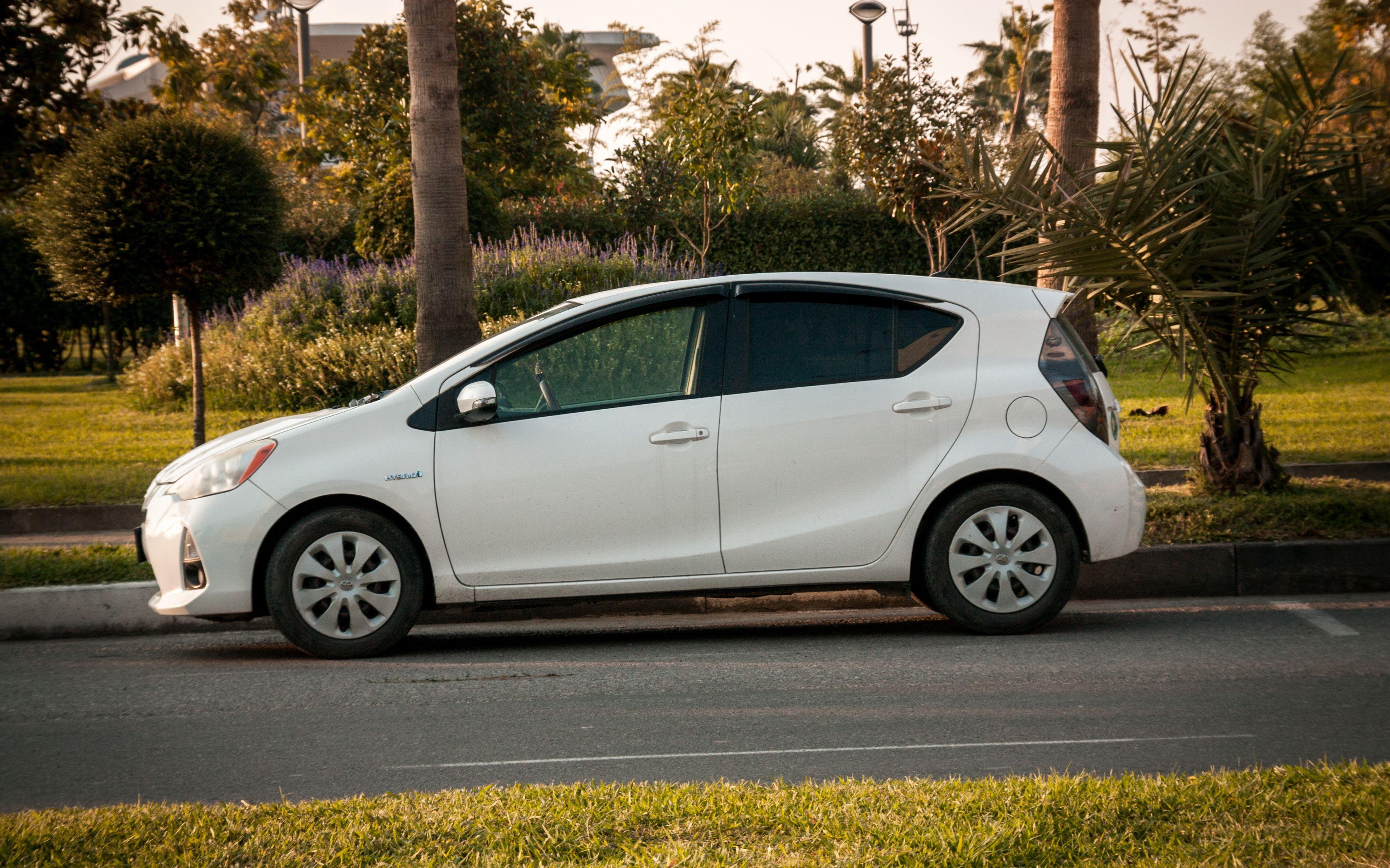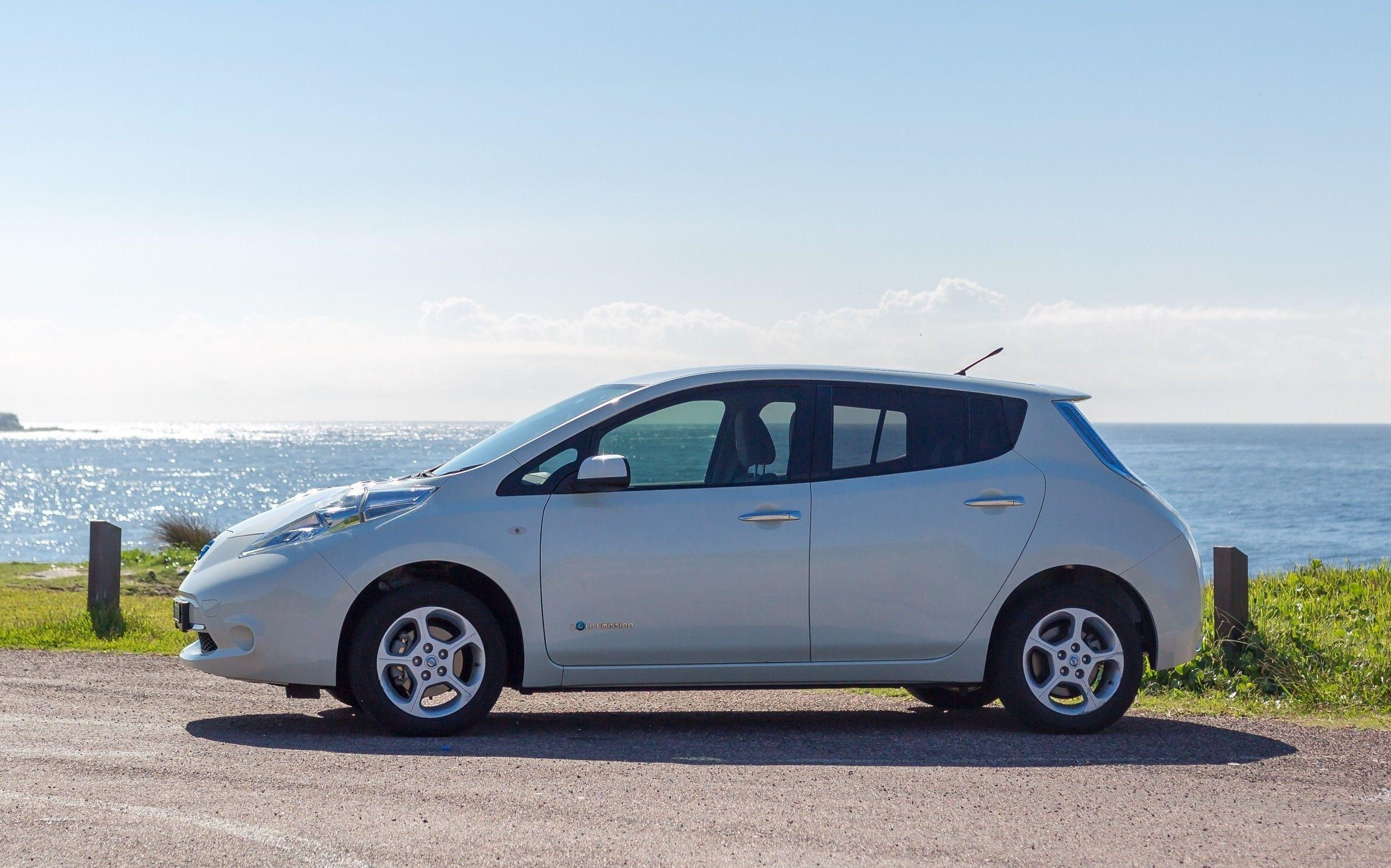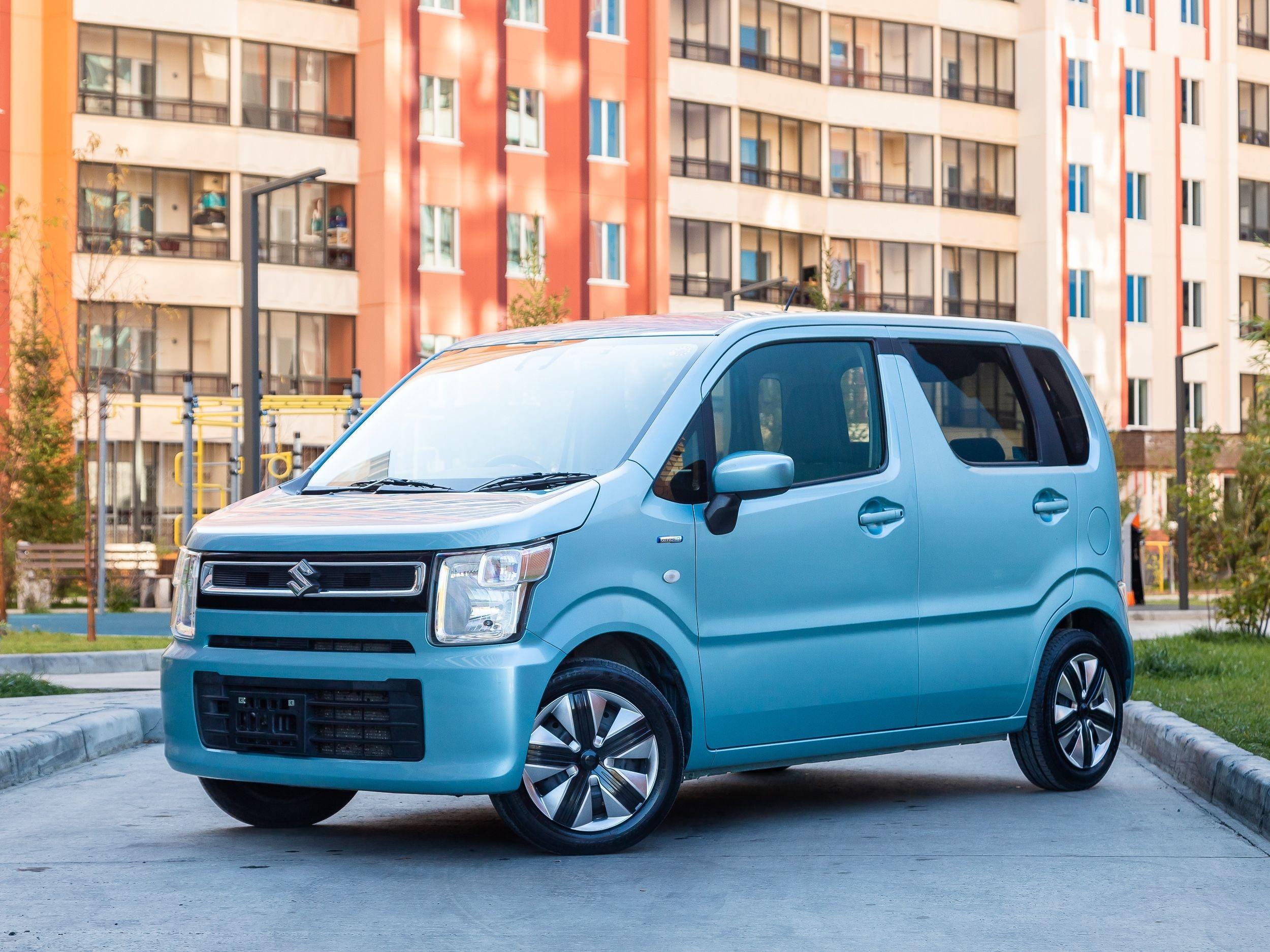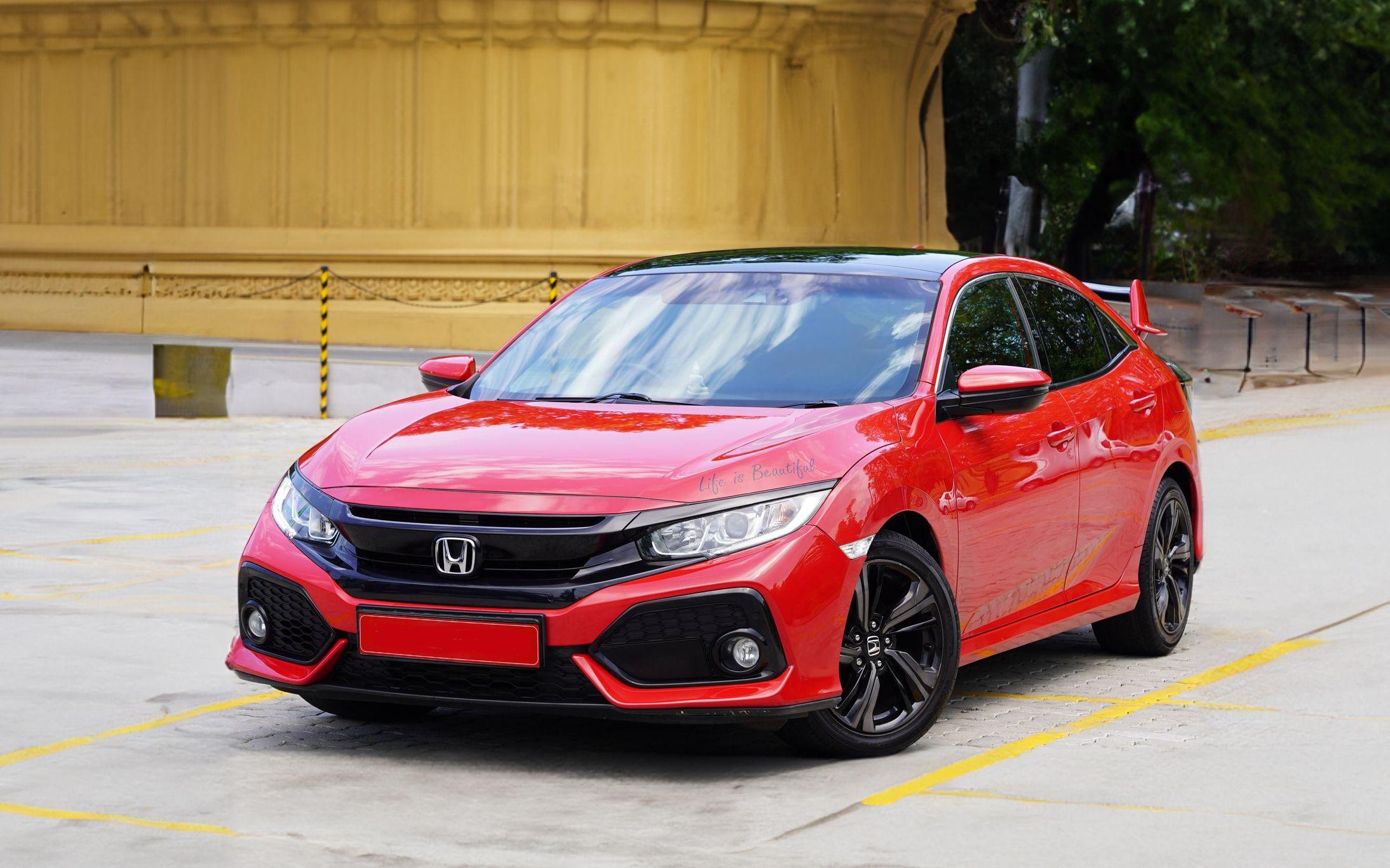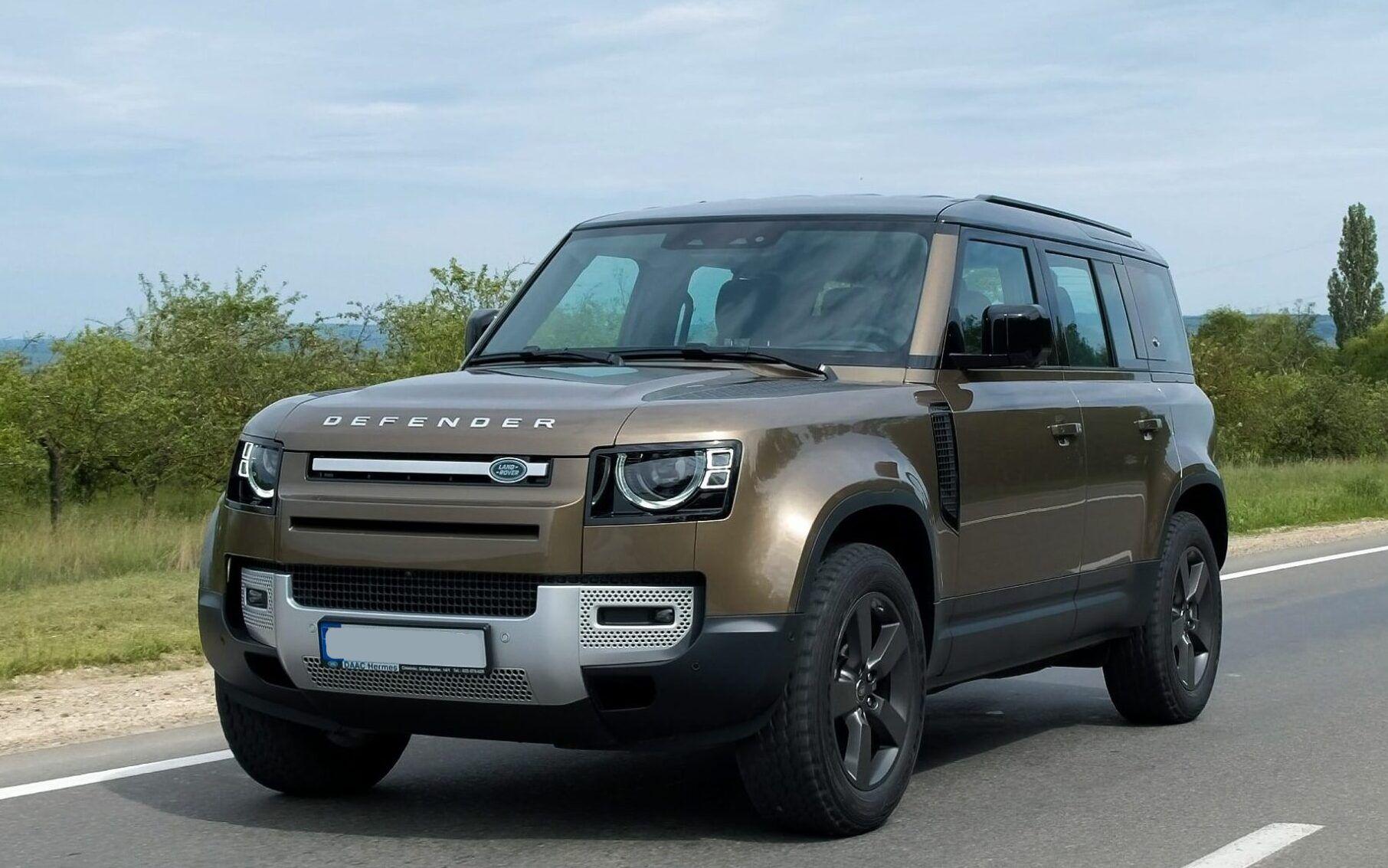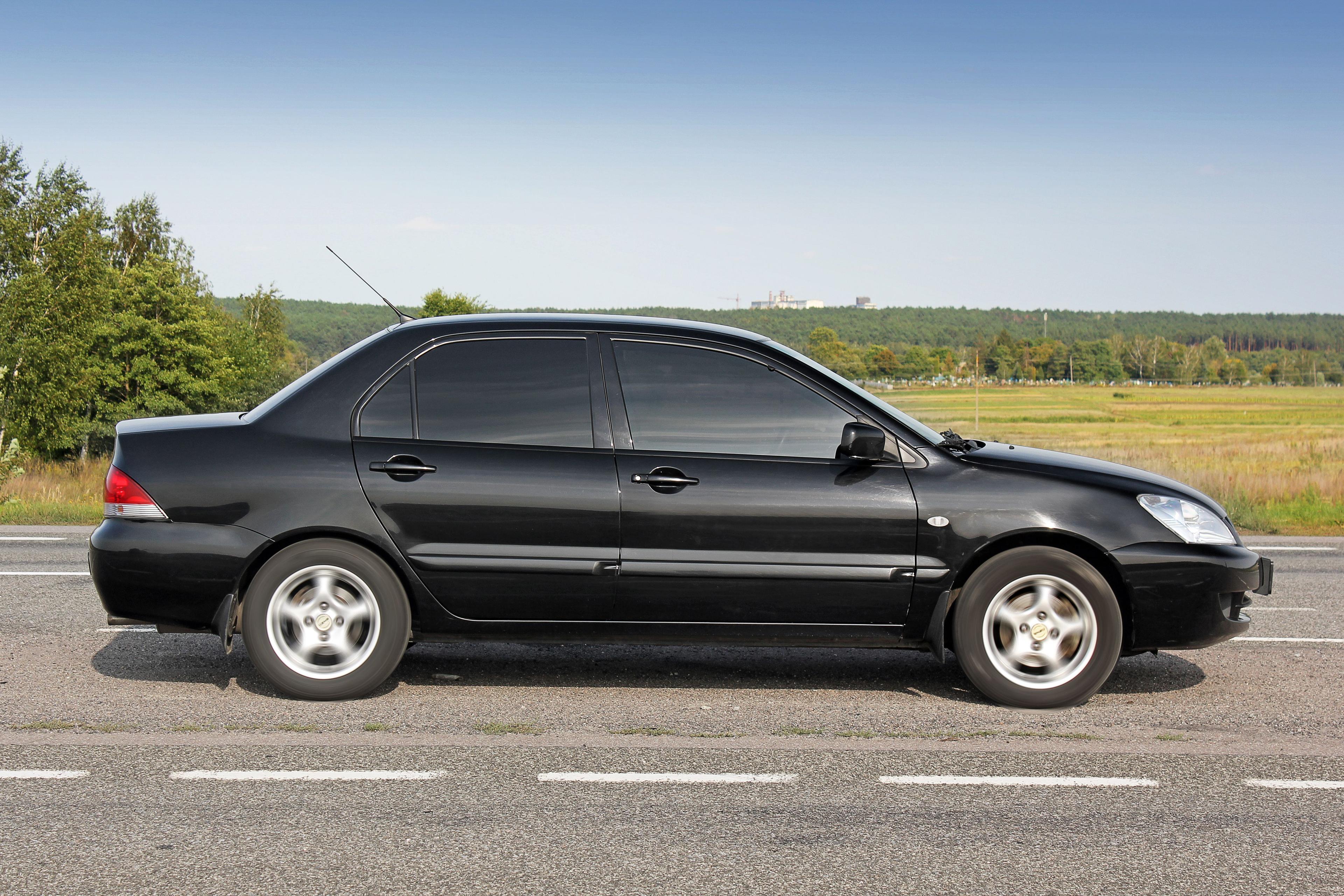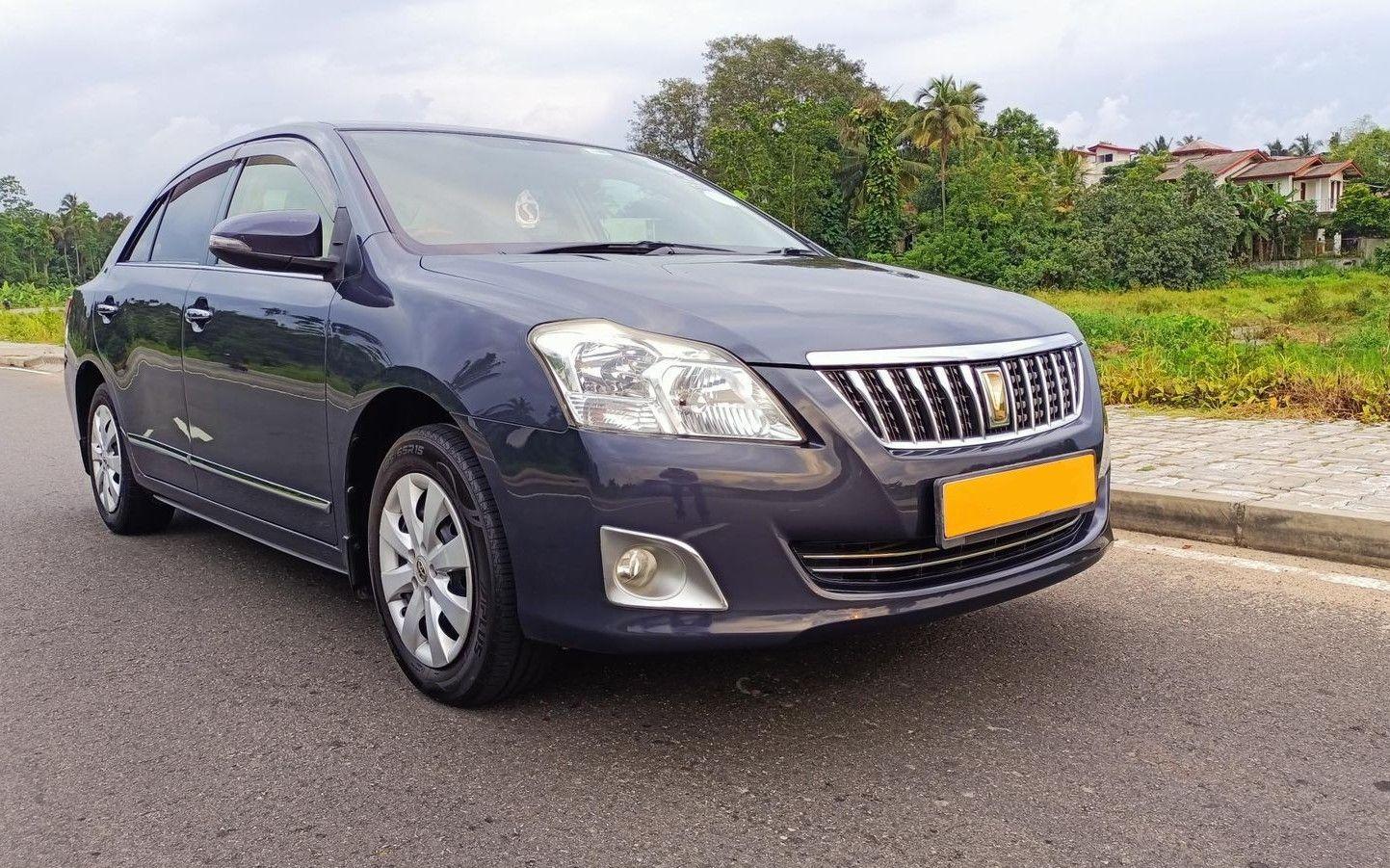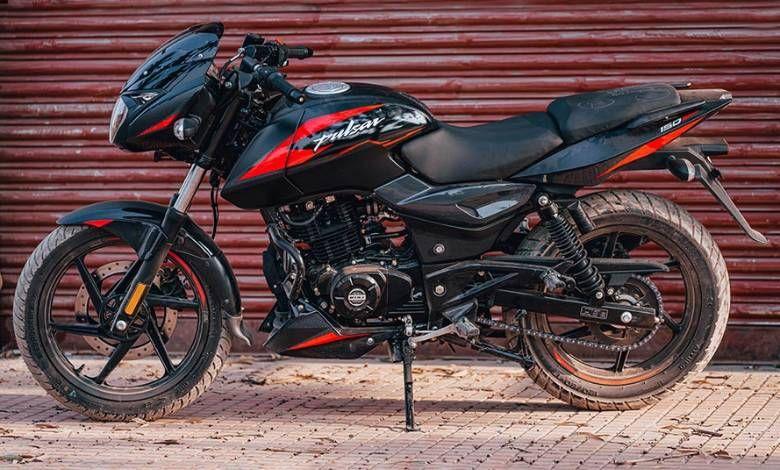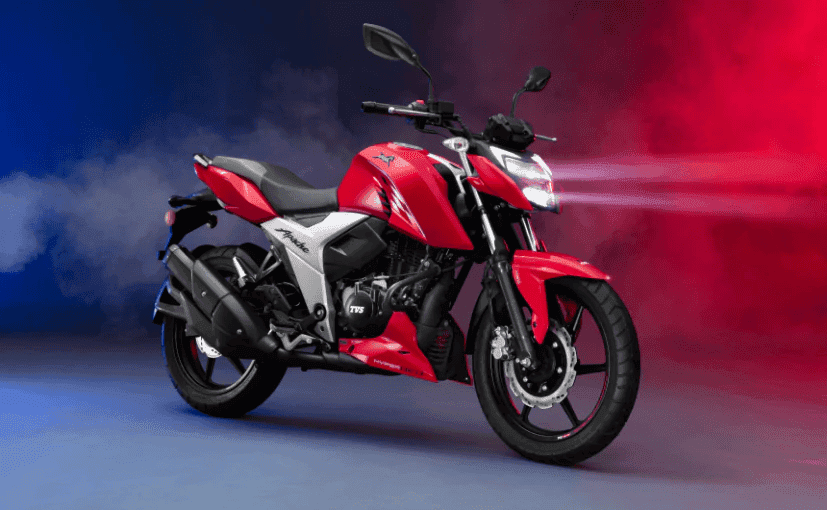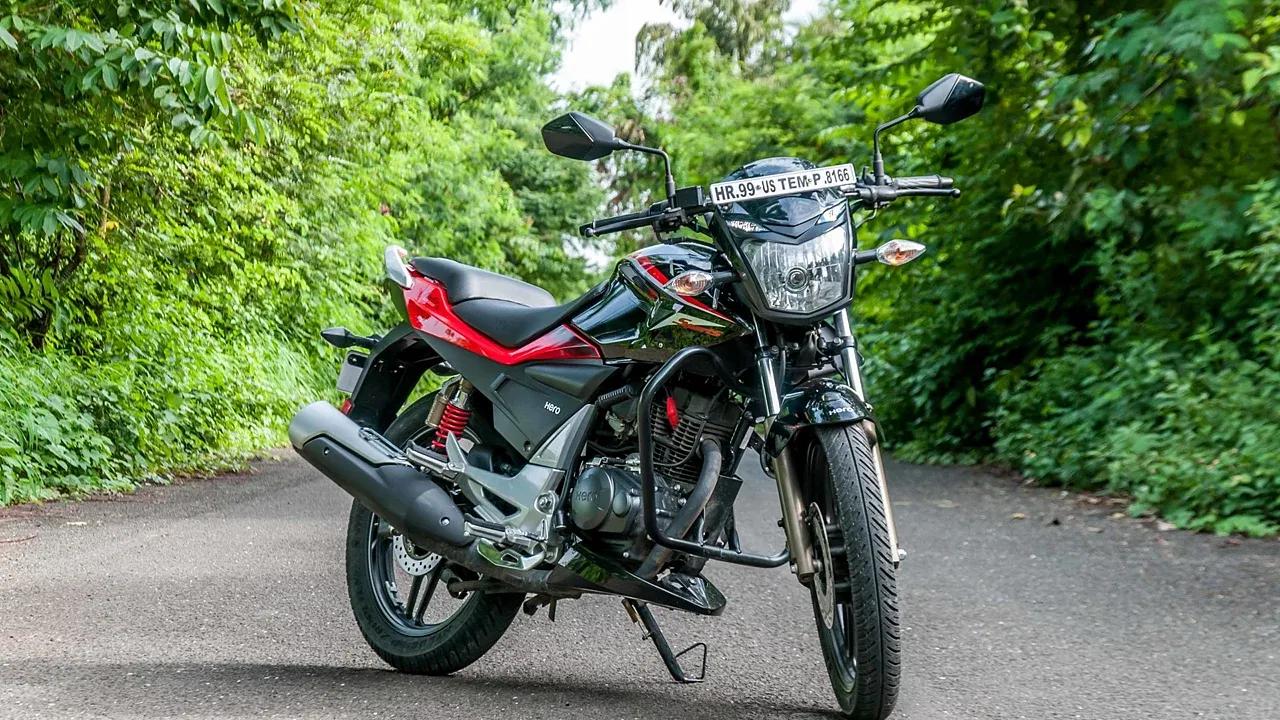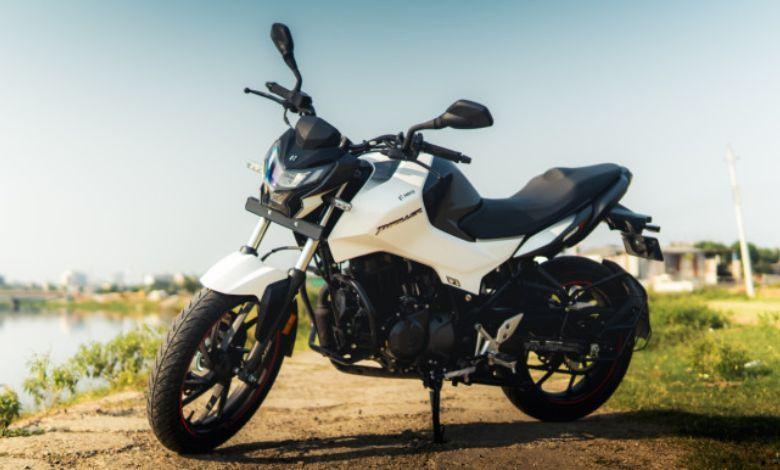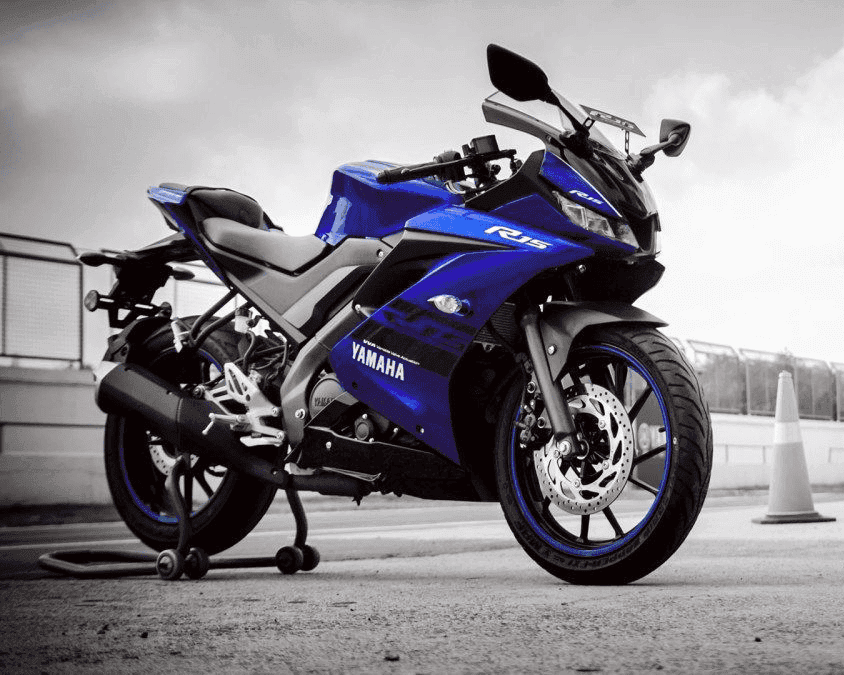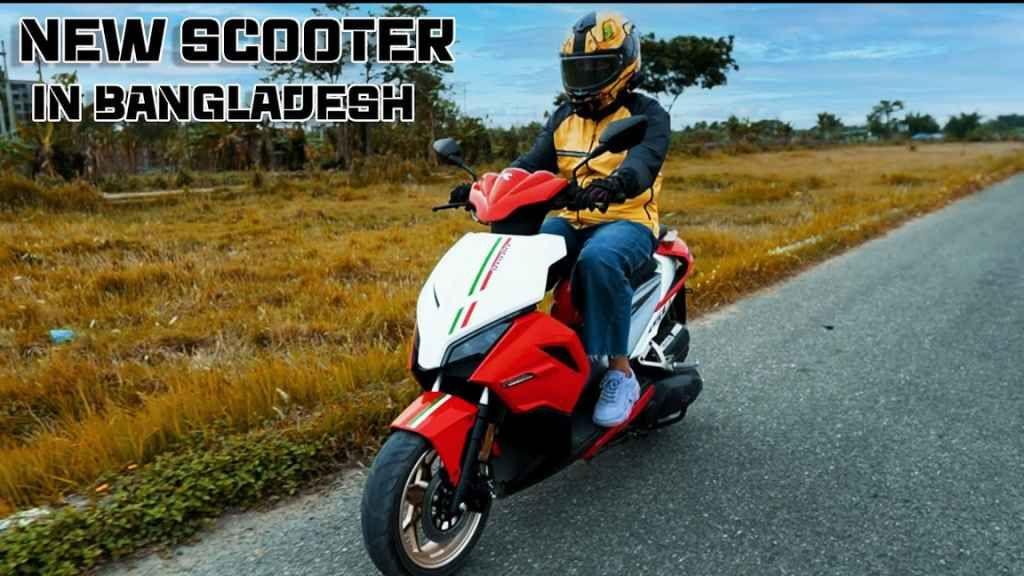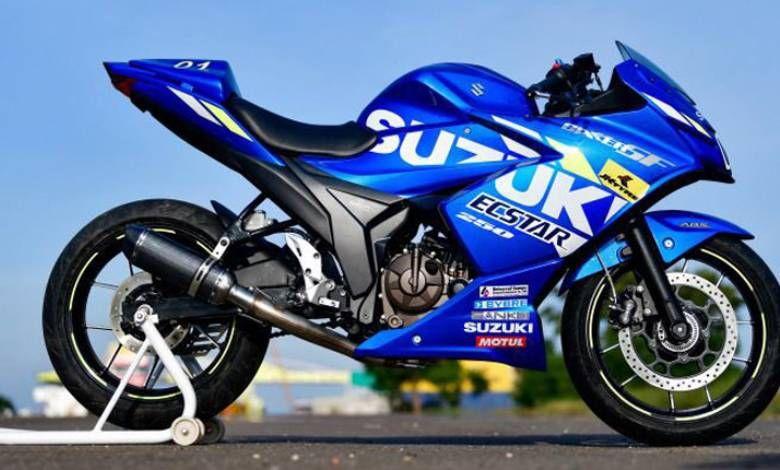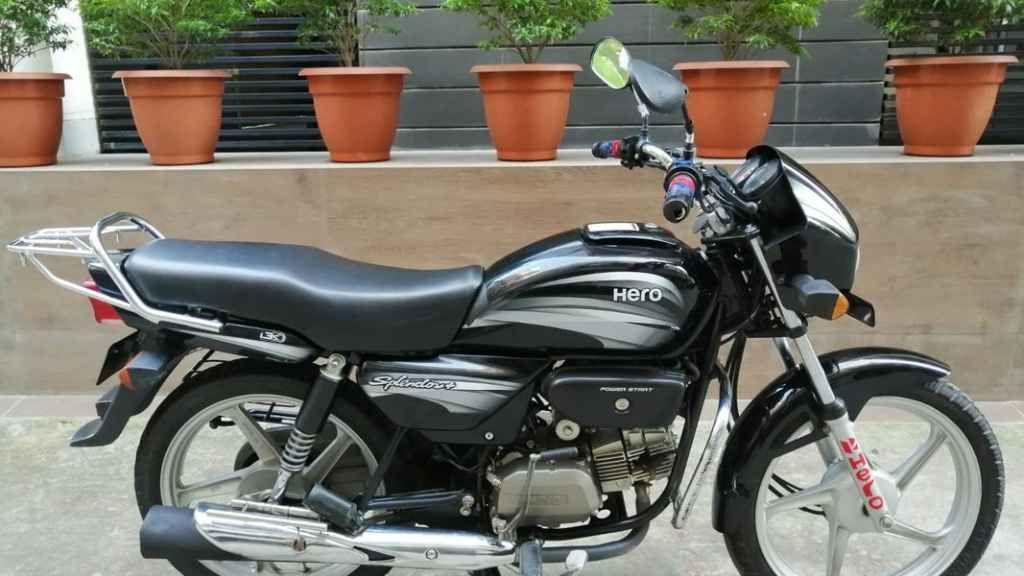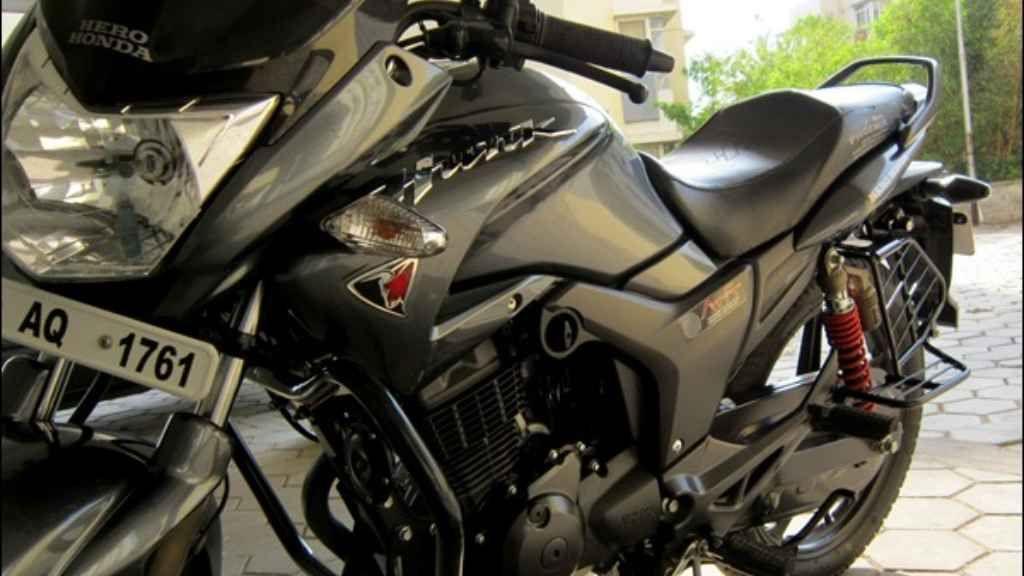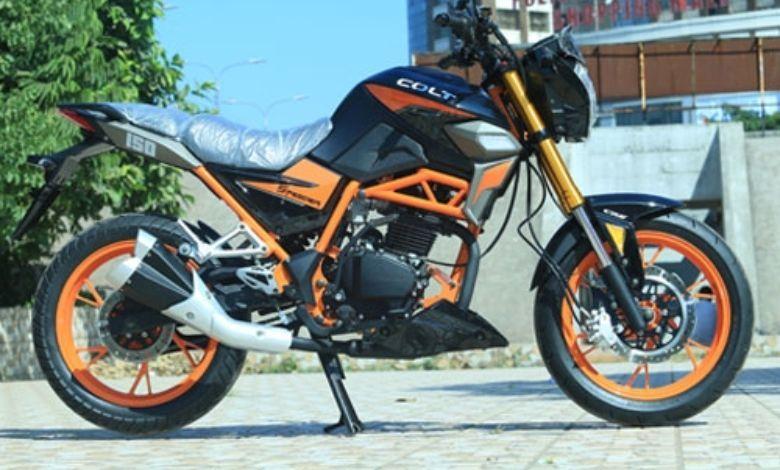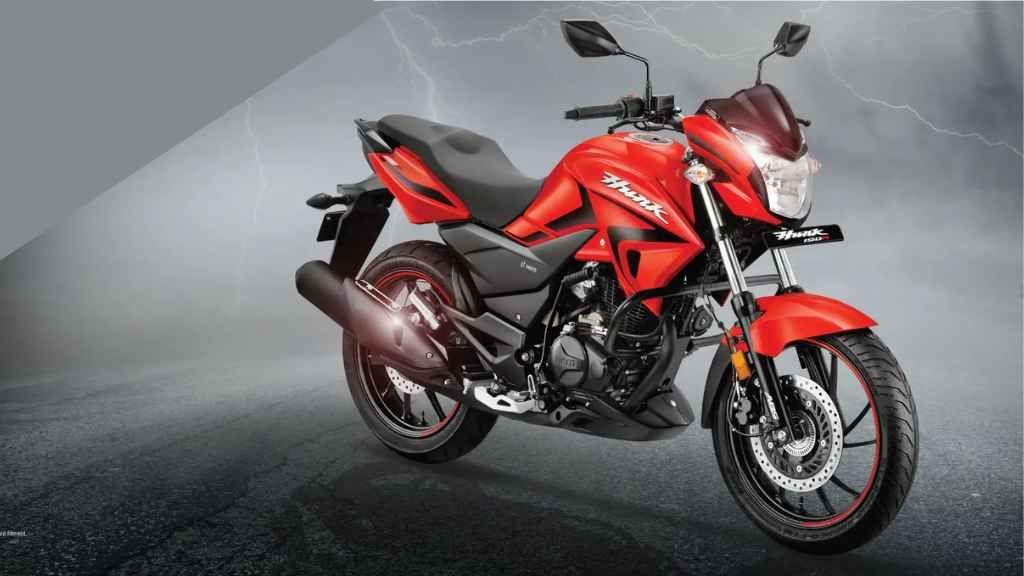Things to Remember While Riding a Motorcycle
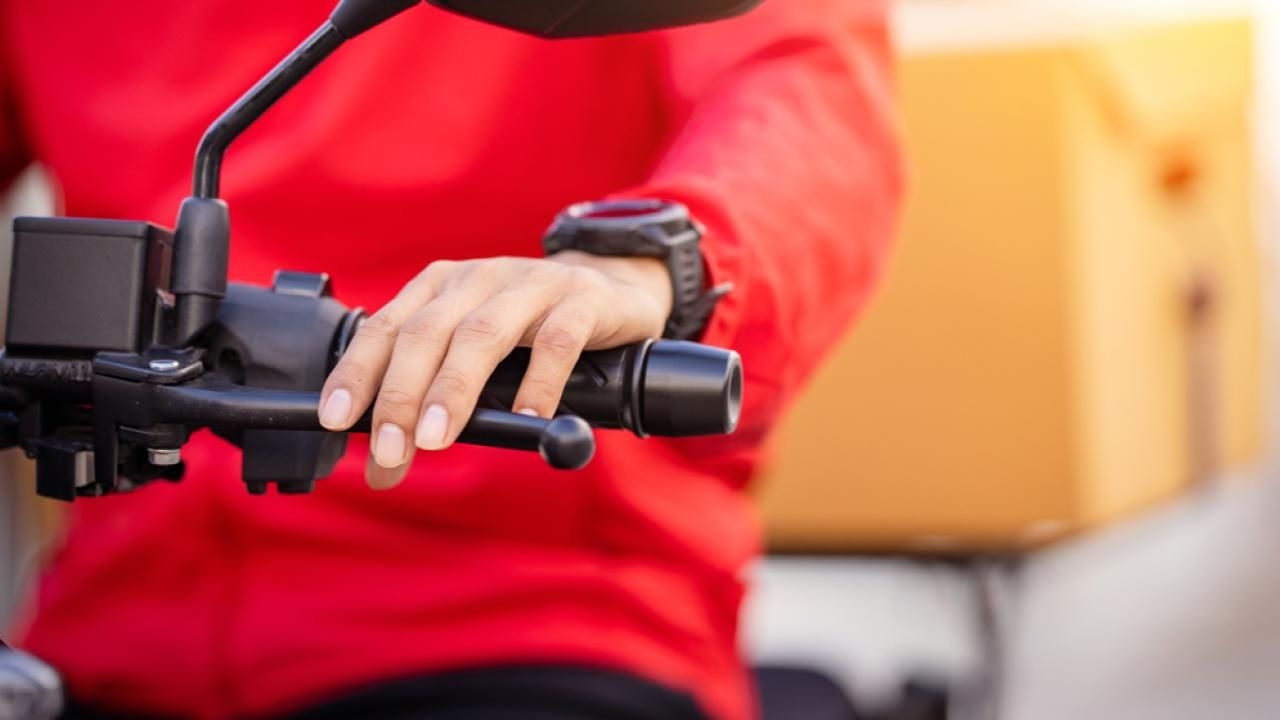
In the urban areas of our country, the number of vehicles far exceeds the road capacity. Traffic jams are a daily problem. To find a solution to these issues, many are turning to motorcycles. The number of motorcycle users in the country is increasing day by day. However, as the popularity and demand for bikes grow, road safety and biker safety are not keeping pace. Many bikers do not follow many rules and regulations while riding on the road. When riding a bike, one must also pay attention to oneself and the people around. This blog discusses some bike riding tips that we hope will be useful to you.
Considering traffic congestion, public transport issues, inconsistent traffic systems, and insecurity, the importance of motorcycles is increasing for people of all classes and professions. The youth's fondness for bikes is notable, and certain working professionals are highly dependent on bikes. It can be said that dependence on motorcycles is increasing day by day out of necessity. It is no longer just a city commuter; a bike is now an important vehicle for reaching destinations from one city to another, from one end of the country to another.
Traffic problems and congestion are normal in our country, and riding a bike in congested and busy areas is now a common practice for everyone. Young people, students, working professionals, and even older people are now seen using bikes. After learning to ride, everyone is buying bikes of their choice. However, simply learning to ride is not enough; when riding a bike, traffic signs, traffic rules, and several other things must always be followed. When riding in congested and busy streets, you must adhere to certain rules. There are traffic rules for vehicles on the road, and everyone should follow them. Here, some bike riding tips are discussed in detail; by keeping these motorcycle tips in mind, you will stay safe on the road and be able to protect others from danger.
Things to Remember While Riding a Motorcycle
(1) Keep your eyes and ears alert while riding, and pay attention to vehicles near you. Honk when taking any turn or bend. Use your indicator light in the direction you intend to go. Pay attention to other vehicles' indicator lights. Bikes are small, so reduce your speed when turning corners; this will help drivers of larger vehicles see you. If your speed is low, you can avoid danger according to the situation. Always use indicator lights when changing lanes and on highways.
(2) Pay attention to your rearview mirrors while riding. Set your rearview mirrors so that you can see behind you clearly. If the mirrors are not properly adjusted, you won't be able to see clearly behind you when turning or in any critical situation, which could lead to an accident. The actual use of rearview mirrors is to check if any fast-moving vehicle is approaching from behind before slowing down. This allows you to understand the position of the vehicle behind you by looking in the mirror and brake accordingly.
(3) Master the use of bike gears. Also, master the use of the clutch when shifting gears up or down. When you ride at high speed, changing gears while holding the clutch can reduce the bike's speed. This increases the chance of an accident because the bike might suddenly slow down unexpectedly. Practice clutchless gear shifting at high speeds. Remember, shift gears without the clutch for increasing speed, not for decreasing it. Mastering the correct use of the clutch and gears can help avoid many road accidents.
(4) Follow traffic rules. Know and obey the meaning of traffic signs. Not all traffic signals work on all roads in the country; in such cases, follow the instructions of the traffic police. Do not ride the bike in the middle of the road; always stay on one side. Ride at a normal speed so that you don't have trouble stopping or slowing down suddenly.
(5) In fog, low light, or on dark roads, drivers of large vehicles like buses and trucks may not see bikes properly. Therefore, the bike rider must make their presence known. Keep your bike's indicator lights on. Wear clothing that is clearly visible when light falls on it. When turning, be careful not to fall into other drivers' blind spots. Maintain a low speed during this time.
(6) When riding a bike, riders must pay attention to both the front and rear. Observe the movements of vehicles coming from the front. Use your rearview mirrors to monitor the movements of vehicles behind you. Especially avoid overtaking on highway bends and accident-prone areas. You cannot reduce speed on highways, so stay on one side of the road.
(7) Use a helmet and gloves. Use a good quality helmet because, in case of an accident while bike riding, the head is the most vulnerable and most damaged part. Be careful that sand or anything else does not get into your eyes and nose. Also, pay close attention to potholes, speed breakers, stones, and sand on the road, as these are common causes of accidents.
(8) Do not talk on your mobile phone or listen to music on headphones while riding a motorcycle. For urgent needs, you can keep an earbud in one ear, but if you need to talk, pull your bike to the side of the road first.
(9) When making a U-turn, reduce your speed, check your surroundings, and then turn. This is because vehicles can come from the opposite side of the road, and other vehicles might also be approaching from your vicinity or behind to make a U-turn. Therefore, you must be careful about U-turns. Keep a watchful eye on vehicles from the opposite side, as they will be in a head-on position. Also, pay attention to the median strip when riding on one side of the road.
(10) Be aware of traffic signals and road signs. You will see road signs/signals on the road from time to time; follow them. For example, 'curve ahead', 'railway crossing', 'mosque', 'school', 'no overtaking', 'speed breaker', 'no honking', etc. Following these signals will reduce accidents.
(11) Take regular care of your bike. Regularly check if the bike's engine, fuel, braking system, tires, and indicators are in good condition. Clean the bike at regular intervals. Use good quality engine oil and lubricants.
(12) It is not advisable to ride a bike on wet roads, as it damages the tires and engine. Do not go out on your bike if the weather is bad. Ride slowly in waterlogged areas on the road. If there are potholes or uneven surfaces, ride in a lower gear and try to use engine braking. If it rains while you are riding, move to a safe place; if you absolutely must continue riding, do so carefully at a reduced speed.
Bike Riding Tips
(1) Never ride a bike with the urge to use the restroom, as it distracts your concentration. This is because the seating position on a bike will put pressure on your bladder and lower abdomen.
(2) Use a helmet and glasses while riding a bike. This will prevent dust and dirt from getting into your eyes. Sometimes small stones or pieces of brick can hit your eyes, causing severe damage, so be careful. Make it a regular habit to wear glasses or goggles while riding.
(3) Ride your bike in a relaxed and flexible manner. Do not ride by sitting hunched or too stiffly, as this can cause spinal problems and back pain. It can also cause pain in your neck and other muscles. If you do not abandon these bad habits, it can lead to long-term physical problems.
(4) Do not ride a bike wearing very tight or very thick, heavy clothing. Very tight clothing can cause prostate gland problems. Very heavy or thick clothing makes it difficult to maintain balance on the bike.
(5) Buy a bike that is proportionate to your body. Ride a bike that you can operate smoothly and comfortably. If you do not feel comfortable on the bike, and you ride in that condition for a long time, you will suffer from body aches and various long-term physical problems later on.
(6) Those who ride bikes for long periods often experience hand pain, so use soft grips and throttle holders. Adjust the seating position on the bike for your convenience.
Documents to Carry While Riding a Motorcycle
(1) Always carry your bike's registration and driving license. Without these, bike riding is completely illegal. If you do not have them with you while on the road, the police can detain you. Violating these laws carries provisions for imprisonment and fines.
(2) The bike must have a registration number. Your bike's legality is verified through its registration number, which also contains ownership information. Without registration, law enforcement agencies can impound your bike.
(3) After registering your bike, you will receive a tax token receipt; keep this receipt with you. A specific amount of tax must be paid for each vehicle, and the tax needs to be renewed at regular intervals. This tax token is essential for legally riding a bike or any vehicle on the road. In short, this receipt is the permission slip for riding a bike on the road. Without it, you will face a fine.
(4) Insurance is mandatory for all vehicles. For motorcycles too, you must pay for insurance and keep the insurance papers with you. If the bike is damaged in an accident, insurance will largely cover that damage. Even if the insurance papers are not updated, you will face a fine.
(5) Remember, a case can be filed against you not only for lacking documents but also if you do not follow traffic rules. For example, riding on the wrong side of the road, the pillion rider not wearing a helmet, carrying three riders, wrong parking, and overspeeding are among various reasons for which a case can be filed.
Along with these essential documents, you must also be careful about your attire. Always wear a helmet while riding a bike. Wear full-sleeved clothes, and at night, wear brightly colored clothes so that other drivers notice you. Do not ride a bike wearing sandals or flip-flops; wear shoes or sneakers.
Finally, concentration and patience are very important for bike riders. Keep these two points in mind and practice them. Never ride a bike at reckless speed. Whether on highways or busy roads, try to follow the rules discussed above while riding a bike. We hope these bike riding tips will be useful to you.
Some Common Questions Regarding Bike Cases/Fines
Q: Can I ride a bike with a learner's card? A: No. A learner's card is issued for learning to drive. If caught on a highway, the police can file a case.
Q: When is a bike impounded? A: You must have at least one of these: bike registration, driving license, tax token, or insurance. Otherwise, the police will impound the bike. Sometimes, bikes are impounded even for wrong parking.
Q: Is a case filed if there are no rearview mirrors? A: Yes, a case will be filed if there are no rearview mirrors.
Q: Is a case filed if beacon lights or emergency horns are installed on a bike? A: Installing emergency horns causes noise pollution, and beacon lights create visibility problems for other vehicles. These are only applicable to ambulances and VIP vehicles. Installing these on a bike can result in a large fine under Section 151.
For any information related to bikes, updated prices, various advice, bike riding tips, and any other motorcycle tips, visit Bikes Guide. Here you will find a one-stop solution for your motorcycle.
